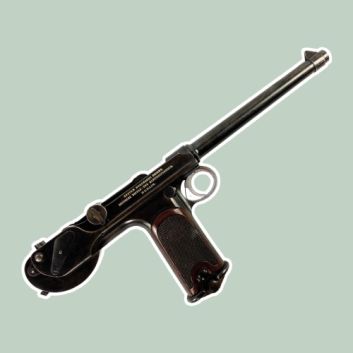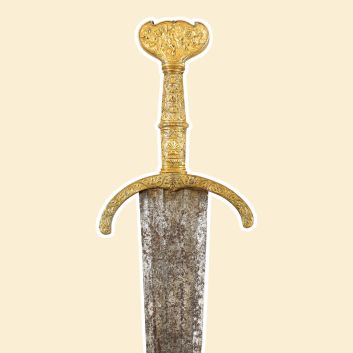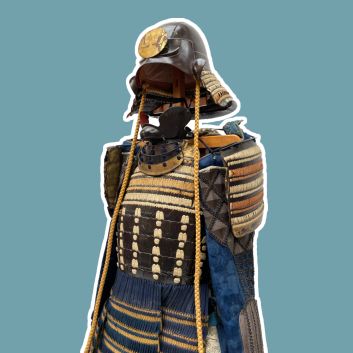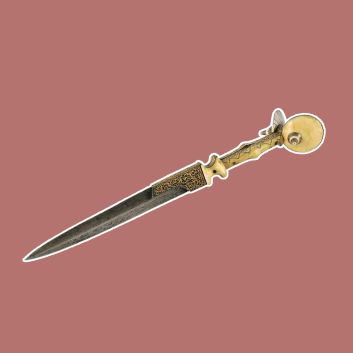Rating and value of Maximilian armor
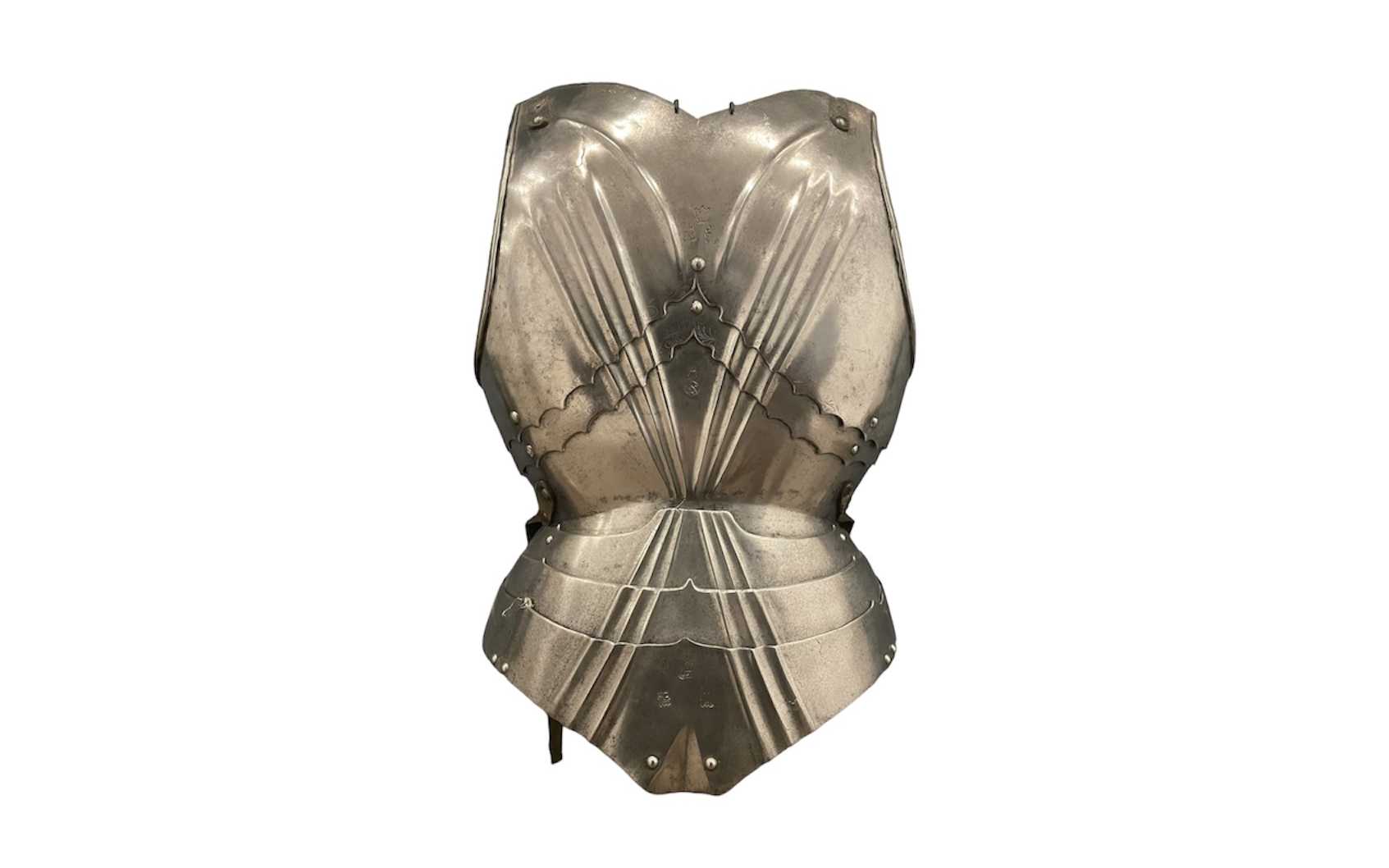
If you own a Maximilian suit of armor, and would like to know its value, our state-approved experts and auctioneers will offer you their appraisal services. Our specialists will carry out a free appraisal of your property, and provide you with a precise estimate of its current market value. Then, if you wish to sell your piece, we'll direct you to the best possible device to obtain the optimum price. The price of armor can vary according to the period, the person to whom it belonged, and its state of preservation.
Rating and value of Maximilian armor
Maximilian-style armor is a highly prized historical item, and a great success at auction. They are collected by buyers of all nationalities, although Europeans are the first to seek out this type of historical souvenir. The price at which they sell on the art and auction markets ranges from €100 to €70,000, a considerable difference but one that speaks volumes about the value that can be attributed to European armor. In 2011, a complete set of steel armor sold for €70,000 in Paris.
Order of value from classic armor to the most sought-after
Element or type of armor | Results |
|---|---|
Metal armor components | From €400 to €5,500 |
Miniature armor | From €100 to €1,500 |
Maximilian armour in 16th century style | From €1,000 to €2,100 |
16th-century Maximilian armor | From €5,500 to €70,000 |
Response in less than 24h
Maximilian armor, introduction and definition
In every country in the world, wars have forced civilizations to equip themselves with weapons and armor. In the West, armor was excessively heavy, particularly in the 16th century. Their natural purpose was to protect the wearer's body; they were defensive equipment worn directly on the body. They are world-famous for their unparalleled decoration and distinctive shape. Here's a closer look at these collector's items.

History and composition of Maximilian armor
Sixteenth-century European armor was a functional work of art, meticulously designed to offer optimal protection while displaying the wearer's wealth and social status. Primarily made from iron and steel, these armors were composed of multiple interconnected metal plates, offering considerable flexibility and mobility despite their weight. The manufacturing process involved forging and tempering to enhance the strength of the steel, while decoration, such as engraving and gilding, added an aesthetic dimension. Armor from this period varied in style, from the imposing Gothic armor with its angular forms to the more elegant Italian armor, characterized by its curves and intricate details. These pieces of armor were not only symbols of power and prestige, but also crucial elements of personal protection for the knights and nobles of the time.
Maximilian armor follows the stylistic and practical evolution of such armor. It is named after the Austrian Emperor Maximilian I, a prominent member of the Habsburg dynasty. He was a great patron of the Renaissance, supporting Albrecht Dürer among others. Often away at war and close to the military developments of the time, he was a great supporter of the armory industry, especially in Innsbruck. In collaboration with these craftsmen, Maximilian armor was created in the early 16th century. It is defined by its rather curved forms, its sorlets (armor shoes) in bear paws and its fluting designed to imitate the folds of fabrics of the period. It is a distinctive type of 16th-century European armor.
Have your armour appraised
Maximilian armor is a complex collector's item, whose value and period are difficult to estimate. That's why it's vital to have your armor appraised by experts who can precisely date the period in which it was made and used.
Know the value of your property
If you happen to own a Maximilian suit of armor, or you think you might, don't hesitate to request a free appraisal using the form on our website. A member of our team of experts and certified auctioneers will contact you promptly to provide you with an estimate of the market value of your bag, as well as any relevant information about it. If you wish to sell your property, our specialists will also be on hand to help you find alternatives for selling it at the best possible price, taking into account market trends.
Response in less than 24h
Related topics

Rating and value of Japanese armor (samurai, yoroi)
Armor is a highly prized historical souvenir and collector's item on the auction market. Their value at auction is very high.
Read more >
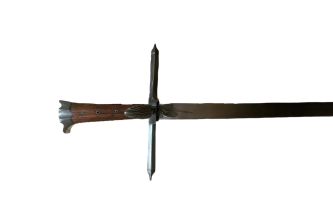
Rating and value of hunting daggers and swords
Hunting daggers and swords are highly sought-after collectors' items at auction. Their value can be high. Estimate in 24h.
Read more >
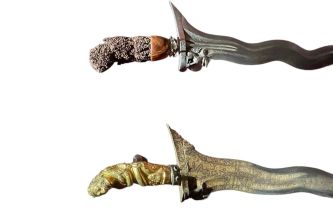
Rating and value of Ottoman bladed weapons, daggers and sabres
Ottoman swords and daggers are highly prized collector's items at auction. They can fetch unprecedented sums. Estimated in 24h.
Read more >
Secure site, anonymity preserved
State-approved auctioneer and expert
Free, certified estimates


